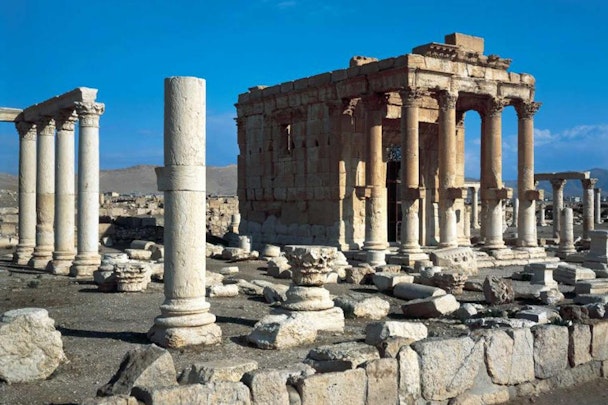Archaeologists to rebuild ancient sites destroyed by Isis using 3D printing technology
Archaeologists at Oxford and Harvard have launched a high-tech offensive against Isis by creating a full digital record of threatened ancient sites and artefacts in the Middle East by Islamic State.

The academics will surround endangered artefacts with 3D cameras, allowing them to eventually rebuild anything destroyed by Isis using 3D printing technology.
The institute is working with the heritage body Unesco to gather five million images of antiquities ranging from Mesopotamian palaces to handfuls of coins and pottery by the end of the year.
The project is a race against time as Isis tears through the region with bulldozers and sledgehammers, destroying anything they deem to be heretical. Earlier this week the group destroyed the 2,000-year-old temple of Baal Shamin in Palmyra in Syria.
Discussing the spate of destruction, Roger Michel, the institute’s director, said “if Isis is permitted to wipe the slate clean and rewrite the history of a region that defined global aesthetic and political sensibilities, we will collectively suffer a costly and irreversible defeat”.
He was optimistic of the projects potential however, saying that “by placing the record of our past in the digital realm, it will lie for ever beyond the reach of vandals and terrorists”.
The Institute for Digital Archaeology will place hundreds of the internet-enabled 3D cameras around important sites where they will take full photographic records from several different angles before uploading them to an open-source database online. The cameras will be distributed by archaeology networks in Iraq and then Lebanon, Iran, Yemen, Afghanistan and eastern Turkey.
Alexy Karenowska, a physicist at Magdalen College, Oxford, helped to design the cameras which cost just £20 each.

